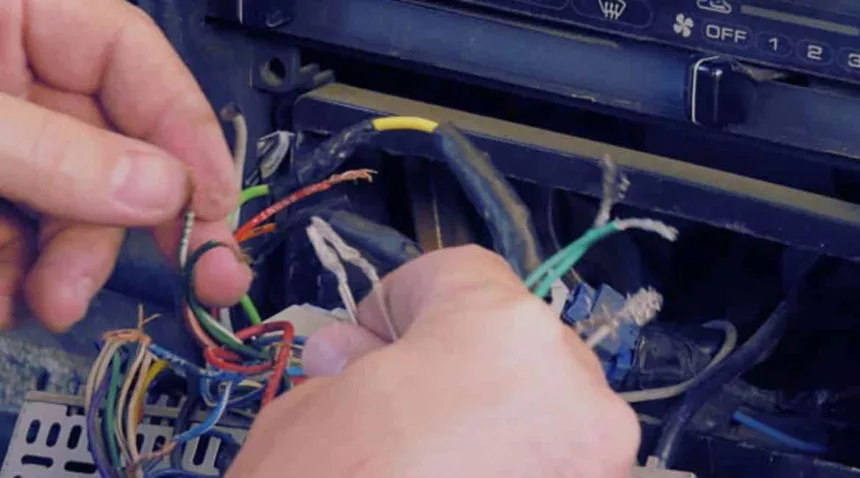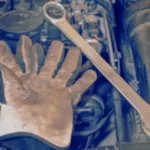Car electrical problems can be a daunting task to troubleshoot and fix, especially if you don’t have any experience with car electronics. However, with a little bit of knowledge and the right tools, you can diagnose and fix most electrical problems in your car. In this article on IchieTech, we’ll walk you through the steps needed to troubleshoot and fix common car electrical problems.
Step 1: Identify the Problem
The first step in troubleshooting any car electrical problem is to identify the problem. This may sound obvious, but it’s important to take the time to properly diagnose the issue before jumping in and trying to fix it. Here are some common car electrical problems and how to identify them:
- – Dead Battery: If your car won’t start or the lights are dim, it may be a dead battery. To test the battery, turn on the headlights and see if they are bright. If they are dim, the battery is likely dead.
- – Faulty Alternator: If your battery is not charging properly, it may be a faulty alternator. To test the alternator, start the car and disconnect the negative battery cable. If the car dies, the alternator is likely faulty.
- – Bad Starter: If the engine won’t turn over, it may be a bad starter. To test the starter, turn on the headlights and try to start the car. If the headlights dim or go out completely, the starter is likely bad.
- – Blown Fuses: If your car’s electrical system is not functioning properly, it may be due to a blown fuse. To check the fuses, consult your car’s owner’s manual for the location of the fuse box and the corresponding fuses.
Step 2: Gather the Right Tools
Once you’ve identified the problem, you’ll need the right tools to fix it. Here are some common tools you’ll need for troubleshooting and fixing car electrical problems:
- – Multimeter: A multimeter is an essential tool for diagnosing electrical problems. It can measure voltage, resistance, and continuity, and can help you determine if a circuit is open or closed.
- – Wire Strippers: Wire strippers are used to remove the insulation from wires. This is necessary when splicing wires together or when attaching wires to electrical components.
- – Electrical Tape: Electrical tape is used to insulate wires and protect them from damage.
- – Soldering Iron: A soldering iron is used to attach wires together using solder. This is necessary when splicing wires together.
- – Utilize Diagnostic Tools: Modern vehicles come equipped with onboard diagnostic (OBD) systems that can provide valuable insights into the root cause of electrical issues. Connect an OBD scanner to your car’s OBD port to retrieve error codes and narrow down potential problem areas.
Step 3: Fix the Problem
Once you’ve identified the problem and gathered the right tools, it’s time to fix the problem. Here are some common car electrical problems and how to fix them:
- – Dead Battery: If your battery is dead, you’ll need to jump-start the car or replace the battery. To jump-start the car, connect the positive jumper cable to the positive terminal of the dead battery and the other end to the positive terminal of the good battery. Then, connect the negative jumper cable to the negative terminal of the good battery and the other end to a metal surface on the dead car.
- – Faulty Alternator: If your alternator is faulty, you’ll need to replace it. To replace the alternator, disconnect the battery cables, remove the serpentine belt, and disconnect the wiring harness and bolts holding the alternator in place. Then, install the new alternator and reconnect the battery cables and serpentine belt.
- – Bad Starter: If your starter is bad, you’ll need to replace it. To replace the starter, disconnect the battery cables, remove the bolts holding the starter in place, and disconnect the wiring harness. Then, install the new starter and reconnect the battery cables.
- – Blown Fuses: If a fuse is blown, you’ll need to replace it. To replace a fuse, consult your car’s owner’s manual for the location of the fuse box and the corresponding fuses. Once you’ve located the blown fuse, remove it and replace it with a new fuse of the same amperage.
Conclusion
Car electrical problems can be frustrating, but they’re often easy to troubleshoot and fix with a little know-how. By following the steps outlined in this article, you can diagnose and fix the most common car electrical problems. Remember to take the time to properly diagnose the problem, gather the right tools, and follow the steps needed to fix the problem. And if you’re not comfortable working on your car’s electrical system, don’t hesitate to take it to a professional mechanic.










